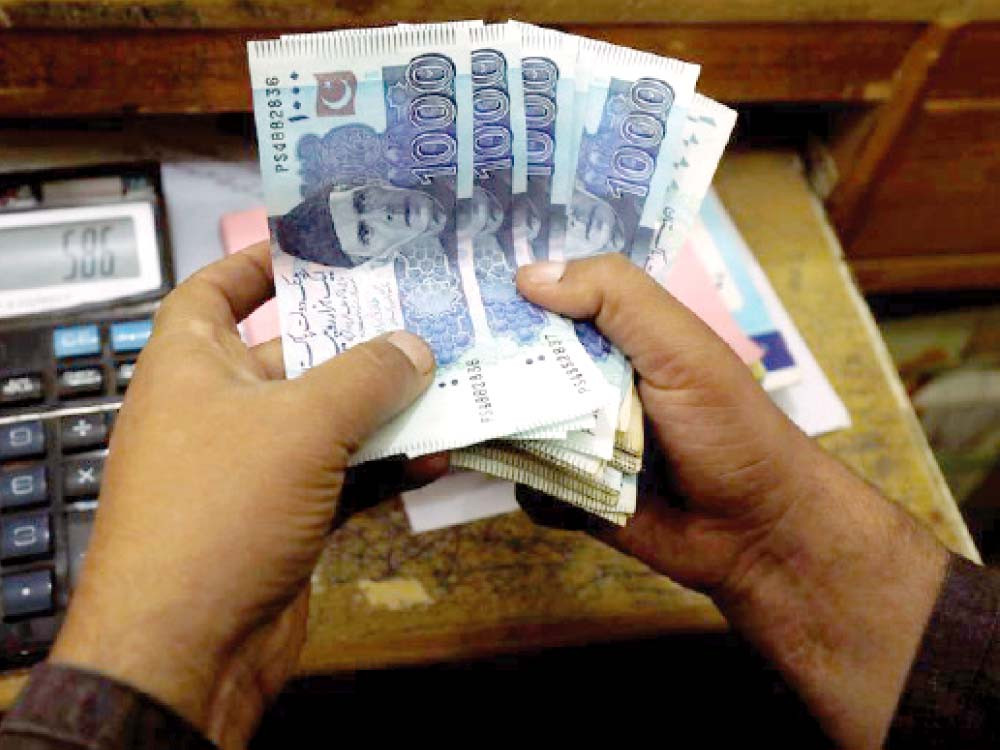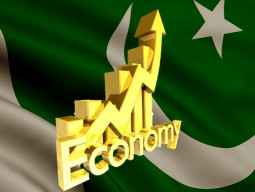
Pakistan’s central bank is meeting today (Tuesday) to announce monetary policy for the next one month and it is strongly expected to increase the benchmark interest rate for the third consecutive time. However, the magnitude of the hike remains a tricky question.
Majority of the financial market experts and institutional and high-net worth individual investors expect the State Bank of Pakistan (SBP) to make another aggressive hike of 100-150 basis points with the objective to narrow down trade and current account deficits. Such an increase will also place brakes on the accelerated inflation reading.
The benchmark interest rate stands at 8.75% at present, however, the real interest rate (the benchmark interest rate minus inflation reading) remains negative.
Monetary policy is a tool available with the central bank to create a balance between inflation reading and economic growth. It also gives a direction to the rupee against major currencies of the world including the US dollar.
The monetary policy committee (MPC) of the State Bank is meeting in the backdrop of record high import bill of $8 billion in November, trade deficit of over $5 billion, 21-month high inflation reading of 11.5% and one year low workers’ remittances at $2.35 billion.
The widening import bill and trade deficit are expected to produce significantly high “current account deficit of over $2 billion for November,” Pak-Kuwait Investment Company (PKIC) Head of Research Samiullah Tariq said while talking to The Express Tribune.
“The jump in yield (rate of profit) of three-month T-bills (government debt security) to around 10.5% suggests that the market (commercial banks) is expecting a cumulative increase of 150-175 basis points in the next two monetary policy meetings, including the one on Tuesday,” he said.
“Inflation is yet to peak out at around 13% in January 2022,” KASB Securities Head of Research Yousuf Rahman said.
Pakistani currency hit a new all-time low of Rs177.89 against the US dollar and Pakistan Stock Exchange’s (PSX) benchmark KSE-100-Index – the barometer of the domestic economy – dropped to nine-month low at 42,876 points on Monday ahead of the monetary policy meeting.
Besides, the implementation of tough conditions agreed with the International Monetary Fund (IMF) to resume $6 billion loan programme, rescheduling of mini-budget presentation in parliament and outbreak of Omicron variant would also weigh on the interest rate decision.
The State Bank of Pakistan (SBP) is scheduled to hold the next monetary policy meeting on January 24, 2022.
Arif Habib Limited (AHL) Economist Sana Tawfik said in a commentary that since the last monetary policy (November 2021), the macros have been painting a bleak picture. She added that inflation worries were rumbling more clearly than ever before with each passing month. Inflation averaged at around 9.3% year-on-year in the first five months of FY22 vis-à-vis 8.76% year-on-year in the same period last year.
In November 2021 alone, the headline inflation clocked in at 11.53% year-on-year which was the highest monthly year-on-year increase since February 2020. “For the next few months, this number is likely to remain in double digits given the low base of last year.”
On the external front, trade balance remained in deficit of $20.6 billion in the first five months of FY22, with higher demand for machinery and an increase in international commodity prices leading to a jump in overall import of goods.
The increase in trade deficit, driven by rising imports, is fueling domestic inflation on the back of imported inflation, she said.
Published in The Express Tribune, December 14th, 2021.
Like Business on Facebook, follow @TribuneBiz on Twitter to stay informed and join in the conversation.








1732794933-0/Express-Tribune-(1)1732794933-0-270x192.webp)
1732084432-0/Untitled-design-(63)1732084432-0-270x192.webp)

1732789727-0/BeFunk_§_]__-(68)1732789727-0.jpg)






COMMENTS
Comments are moderated and generally will be posted if they are on-topic and not abusive.
For more information, please see our Comments FAQ